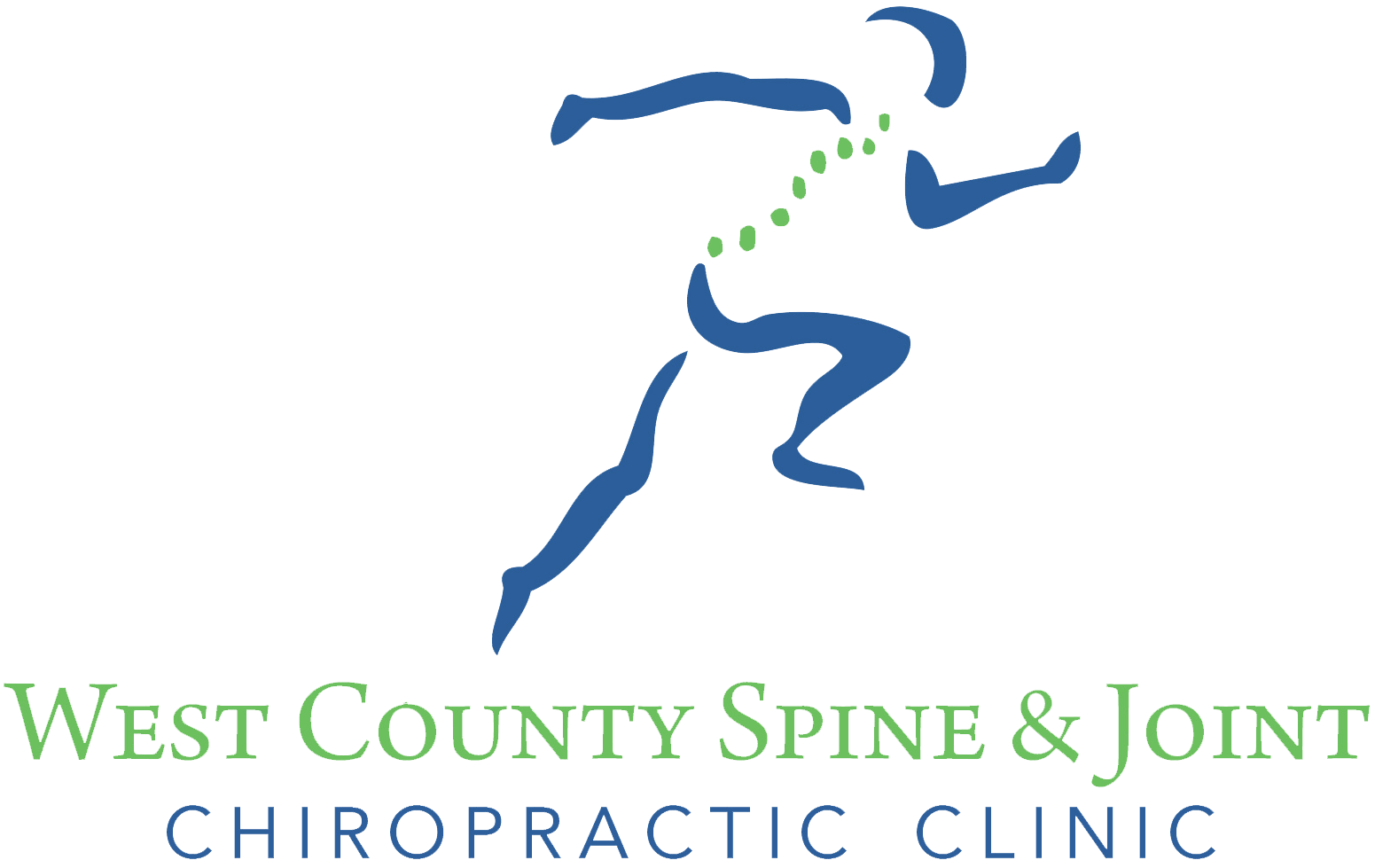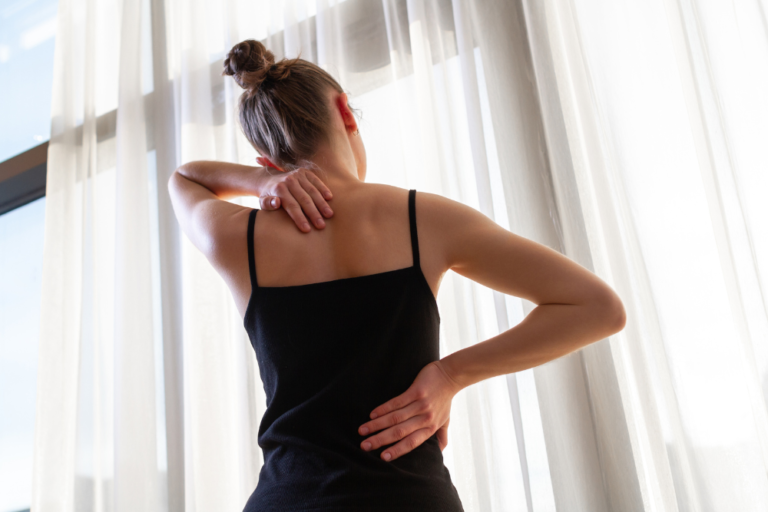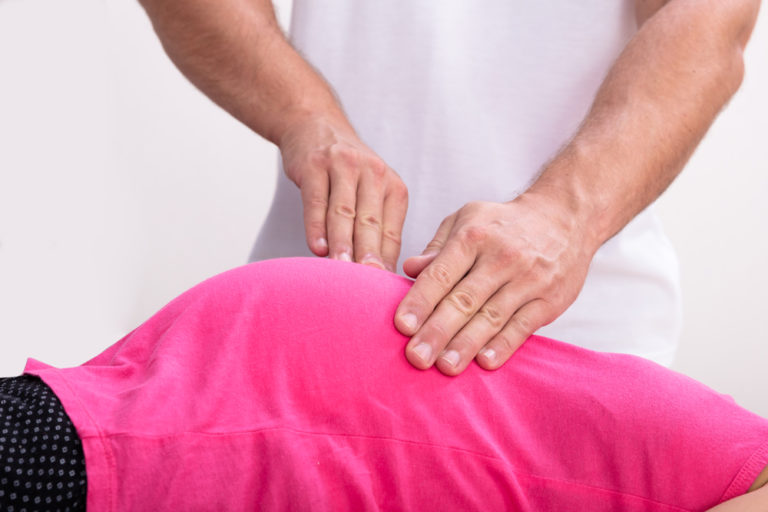Unveiling the Power of Iron Supplementation for Female Endurance Athletes
In the world of endurance sports, female athletes often face unique challenges that require careful attention to nutrition. Iron deficiency is a prevalent concern among women, and its impact on performance cannot be underestimated. This blog post delves into the significance of iron supplementation for female endurance athletes, exploring the physiological reasons behind iron deficiency, its effects on athletic performance, and practical strategies to ensure optimal iron levels.
Understanding Iron Deficiency in Female Athletes:
Iron plays a crucial role in the body, particularly in transferring oxygen from your lungs to the rest of your body. For endurance athletes, the demand for oxygen is significantly higher during prolonged exercise, making iron an essential component for peak performance. Unfortunately, many female athletes experience iron deficiency due to factors such as:
- menstrual blood loss
- inadequate dietary intake
- insufficient iron absorption
If you are experiencing fatigue, weakness, shortness of breath, lightheadedness and/or cold hands and feet, we must adequately determine if you are iron deficient or iron overloaded. You read that right…the symptoms of deficiency and excess are the SAME! This is why blood work is imperative for successful symptom management.
TEST, DO NOT GUESS!
|
SIGNS OF LOW IRON VS. IRON OVERLOAD |
||
|
|
Anemia |
Iron Overload |
|
Fatigue |
√ |
√ |
|
Weakness |
√ |
√ |
|
Short of Breath |
√ |
√ |
|
Dizzy/Lightheaded |
√ |
√ |
|
Cold Hands/Feet |
√ |
√ |
There are 2 categories of Iron Deficiency:
- Increased NEED for Iron– blood loss from heavy periods/injury, pregnancy, blood donation
- Decreased INTAKE or ABSORPTION of Iron– dietary choices, inflammation, digestive disorders, autoimmune diseases, hormone imbalances
How do you know if you fall into the category of decreased iron? Check out this chart to help identify what category you are in. As an athlete, your iron needs are greater and the standard lab value range is not a good enough range for you!
|
REVISED REFERENCE RANGES FOR FEMALE ATHLETES |
|||||
|
|
What is happening |
Ferritin |
HgB |
TS% |
|
|
Stage 1 |
Iron Deficiency |
Iron stores in the bone marrow, liver & spleen are depleted |
<35 |
>115 |
>16% |
|
Stage 2 |
Iron Deficient Non-Anemia |
RBC production decreases as the iron supply to marrow is reduced |
<20 |
>115 |
<16% |
|
Stage 3 |
Iron-Deficient Anemia |
Hemoglobin decreases because of not enough storage Iron to support Red Blood Cell Production |
<12 |
<115 |
<16% |
Optimizing Iron Intake Through Diet:
While supplementation is valuable, optimizing iron intake through a well-balanced diet is equally crucial. Iron exists in two forms: heme iron (found in animal products) and non-heme iron (found in plant-based foods). Including a variety of iron-rich foods such as lean meats, fish, poultry, beans, lentils, and leafy greens can enhance dietary iron intake.
Pairing iron-rich foods with sources of vitamin C can boost iron absorption. Citrus fruits, strawberries, and bell peppers are excellent choices to enhance the bioavailability of non-heme iron.
WHAT CAN WE DO TO WORK WITH YOUR PHYSIOLOGY TO INCREASE IRON LEVELS?!
The hormone that regulates how you store iron (Hepcidin) guides us to the most beneficial times to supplement with iron.
- Take Iron supplements in the LOW HORMONE PHASE of your cycle (weeks 1 & 2) when Hepcidin is lower.
- Do not take Iron supplements in the HIGH HORMONE PHASE of your cycle (weeks 3 & 4) when Hepcidin is higher.
- Take Iron BEFORE exercise, or more than 6 hours AFTER exercise. (Hepcidin rises for 3-6 hours post exercise!)
Are Vitamin D levels related to low Iron?
- YES! Vitamin D spurs along production of EPO, which is the precursor to making more Red Blood Cells. If we do not have Vitamin D to stimulate EPO production, then we do not get mature Red Blood cells to carry oxygen throughout your body!
- Low Vitamin D status has been linked to risk and increased risk of Anemia
How should you supplement?
- The TYPE of Iron matters. Look for “Elemental Iron” or “Ferrous Bisglycinate Chelate”. These 2 forms are the best absorbed by the body with the least unwanted side effects.
- The Therapeutic Dose for anemia: 150-200mg (of elemental iron/Ferrous Bisglycinate)/day for 1 month
- Example Supplement Protocols:
- Ferritin <35–
- Month 1: Take 150mg of elemental iron the first 2 weeks of your cycle
- Maintenance Dosage Months 2-3: Take 25-30mg of Elemental Iron EVERY OTHER DAY during Weeks 1 & 2 of your cycle
- Month 4: Retest to assess Iron Levels and need for continued supplementation
- Ferritin <20–
- Month 1: Take 150mg of Elemental Iron daily
- Maintenance Dosage Months 2-3: Take 50-60mg of Elemental Iron EVERY OTHER DAY During Weeks 1 & 2 of your cycle
- Month 4: Retest to assess Iron Levels and need for continued supplementation
- Ferritin <12–
- Month 1: Take 150mg of Elemental Iron daily
- Maintenance Dosage Months 2-3: Take 75-90mg of Elemental Iron EVERY OTHER DAY During Weeks 1 & 2 of your cycle
- Month 4: Retest to assess Iron Levels and need for continued supplementation
- Ferritin >35– take 30-45mg Elemental Iron on Day 1 of your cycle when your body most wants/needs the Iron.
- Low Ferritin AND on Oral Contraceptive Pill– get checked by the provider prescribing your OTC and possibly change the variation of your OCP to one that is fortified with Elemental Iron.
- Peri & Post Menopausal Supplementation– same as above, with special emphasis on timing of supplementation due to being more sensitive to the rhythm of Hepcidin levels. When Estrogen decreases, it increases Inflammation, which increases Hepcidin, which decreases Iron absorption.
- Ferritin <35–
- Example Supplement Protocols:
What can you do to support absorption of supplemental Iron?
- Take Iron 1st thing in the AM, before training, with Vitamin C.
- Take Vitamin D3 after workouts (this downregulates the Hepcidin spike that usually lasts 3-6 hours post exercise. Taking D3 may shorten that window to 90-120 minutes!)
- Avoid Dairy, Coffee, Tea, Zinc Supplementation & Antacids within 2 hours of taking Iron
Taking Iron makes me constipated. What do I do?
- Switch to the Ferrous Bisglycinate Chelate form
- Increase daily intake of fresh fruit
- Ensure daily water intake is adequate
- Take 200mg of Vitamin C with your Iron supplement AND/OR take
Dr. Lauren’s favorite supplements:
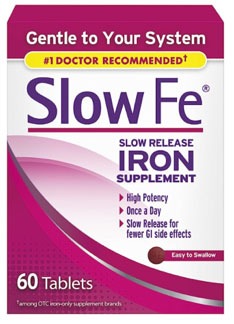
45mg Elemental Iron (need 3-4/day to hit 150mg benchmark)
$15.25, Amazon

29mg Elemental Iron (need 1-3 during Months 2-3 before retesting)
$16.00, in office or Fullscript
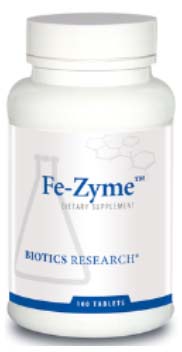
25mg Elemental Iron (need 1-3 during months 2-3 before retesting)
$15.99, in office or Fullscript
Conclusion:
Working with your chiropractor, orthopedic, primary care physician or OBGYN to test iron status allows female athletes to determine their specific needs. If iron deficient, dietary changes and supplementation is a valuable tool.
Iron supplementation is a valuable tool for female endurance athletes striving for peak performance. Understanding the unique challenges women face, both in terms of iron deficiency and hormonal fluctuations, is crucial for developing effective strategies. By combining a well-balanced diet, strategic supplementation, and consistent monitoring, female athletes can unlock their full potential and conquer the challenges of endurance sports with vigor and resilience.
As always, feel free to contact Dr. Lauren Hendrix, DC, MS with your specific concerns and needs!
REFERENCES:
- Saito H. METABOLISM OF IRON STORES. Nagoya J Med Sci. 2014;76(3-4):235-254. https://www.ncbi.nlm.nih.gov/pmc/articles/PMC4345694/
- Claire E. Badenhorst, Kazushige Goto, Wendy J. O’Brien & Stacy Sims (2021) Iron status in athletic females, a shift in perspective on an old paradigm, Journal of Sports Sciences, 39:14, 1565-1575, DOI: 10.1080/02640414.2021.1885782 https://www.tandfonline.com/doi/full/10.1080/02640414.2021.1885782
- Jian J, Pelle E, Huang X. Iron and menopause: does increased iron affect the health of postmenopausal women?. Antioxid Redox Signal. 2009;11(12):2939-2943. doi:10.1089/ars.2009.2576 https://www.ncbi.nlm.nih.gov/pmc/articles/PMC2821138/
- DellaValle, Diane M. PhD, RD Iron Supplementation for Female Athletes, Current Sports Medicine Reports: July/August 2013 – Volume 12 – Issue 4 – p 234-239 doi: 10.1249/JSR.0b013e31829a6f6b https://journals.lww.com/acsmcsmr/Fulltext/2013/07000/Iron_Supplementation_for_Female_Athletes__Effects.9.aspx
- Sim, M., Garvican-Lewis, L.A., Cox, G.R. et al. Iron considerations for the athlete: a narrative review. Eur J Appl Physiol 119, 1463–1478 (2019). https://doi.org/10.1007/s00421-019-04157-y https://link.springer.com/article/10.1007%2Fs00421-019-04157-y
- Pedlar CR, Brugnara C, Bruinvels G, Burden R. Iron balance and iron supplementation for the female athlete: A practical approach. Eur J Sport Sci. 2018 Mar;18(2):295-305. doi: 10.1080/17461391.2017.1416178. Epub 2017 Dec 27. PMID: 29280410. https://pubmed.ncbi.nlm.nih.gov/29280410/
- Cindy Fei, Md, Iron Deficiency Anemia: A Guide To Oral Iron Supplements. Clinical Correlations. March 26, 2015. https://www.clinicalcorrelations.org/2015/03/26/iron-deficiency-anemia-aguide-to-oral-iron-supplements/
- Santiago P. Ferrous versus ferric oral iron formulations for the treatment of iron deficiency: a clinical overview. ScientificWorldJournal. 2012;2012:846824. doi:10.1100/2012/846824. https://www.ncbi.nlm.nih.gov/pmc/articles/PMC3354642/
- Jian J, Pelle E, Huang X. Iron and menopause: does increased iron affect the health of postmenopausal women?. Antioxid Redox Signal. 2009;11(12):2939-2943. doi:10.1089/ars.2009.2576. https://www.ncbi.nlm.nih.gov/pmc/articles/PMC2821138/
- This is a good fact sheet on Iron produced by The University of North Dakota. https://und.edu/student-life/dining/_files/docs/fact-sheets/iron.pdf
